Diversifying Nonprofit Revenue Is THE Key to Long-Term Financial Sustainability
While we know that nonprofits play a crucial role in addressing social challenges, often relying on a mix of government grants, private donations, and other funding sources to sustain their programs, the last several months has illuminated a great concern. A major risk in nonprofit financial management is over-reliance on any single revenue stream—whether it’s government funding, foundation grants, or major donors.
A recent article in the Chronicle of Philanthropy highlights how Graham Windham, a social-service nonprofit, successfully pivoted to private donors when government funding wasn’t an option. Their experience offers a valuable lesson for nonprofits: adaptability and diversification are essential for long-term sustainability.
Many nonprofits build their financial strategies around stable, long-term funding sources like government grants. While these grants can provide significant funding, they often come with restrictions, complex compliance requirements, and the risk of being cut due to policy changes or economic downturns. Organizations that depend too heavily on government contracts may face sudden budget shortfalls if priorities shift or funding is reduced. Similarly, nonprofits that rely primarily on one or a few major donors can find themselves in a vulnerable position. If a key donor decides to reduce their giving or shift their philanthropic focus, an organization may struggle to fill the gap.
The COVID-19 pandemic and recent economic fluctuations have demonstrated the dangers of relying too heavily on a single funding source. Many nonprofits saw government funding decrease as public budgets were redirected to emergency response efforts, while others struggled when corporate sponsors scaled back contributions. Organizations that had diversified revenue streams were better positioned to weather these challenges.
In the great success story within the Chronicle of Philanthropy, Graham Windham’s experience with its “Graham SLAM initiative” illustrates the power of diversification. The program provides long-term support to young people from eighth grade into adulthood, but securing government funding was initially a challenge because it was a new initiative without a track record. Instead of stalling the project, Graham Windham turned to private philanthropy to get it off the ground.
By demonstrating success with private funding, the organization later attracted additional grants and funding opportunities, ensuring the program’s long-term viability. This approach underscores a key strategy for nonprofits: private funding can serve as a catalyst for broader financial support.
To build financial resilience, nonprofits should actively diversify their revenue streams.
A healthy nonprofit funding model should include a mix of government grants, foundation funding, and individual donors to mitigate risks.
Develop Earned Revenue Streams - Fee-for-service models, social enterprises, or membership programs can provide consistent, unrestricted funding that supplements donations and grants.
Build a Strong Individual Giving Program - Cultivating a broad base of individual donors—rather than relying on a few major gifts—creates financial stability and fosters long-term engagement.
Leverage Corporate Partnerships - Corporate sponsorships and cause-related marketing campaigns can offer an additional revenue source while increasing visibility.
Invest in Recurring Giving and Endowments - Encouraging monthly giving and building an endowment fund can provide long-term financial security.
Right now, the concentration of funding at issue is the Federal Government. But it could be relying on just one/few donors, all corporate sponsorships, two/three events, etc. The lesson from Graham Windham’s success is clear: nonprofits must remain agile and proactive in their financial strategies. By diversifying revenue streams and not relying too heavily on any single source, organizations can build resilience, ensure sustainability, and continue delivering impact, even in times of economic uncertainty.


